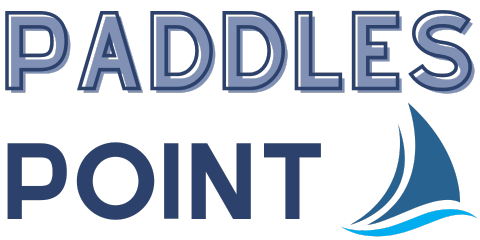Written by Jerry Jacoby in Blog Last Updated March 31, 2023
The blades on a propeller are twisted because when the propeller rotates, the air flow around the blades produces a lift force. The amount of lift depends on the angle of attack, which is the angle between the blade and the direction of the airflow. If the blades were not twisted, they would all have the same angle of attack and produce less lift.
Are you familiar with the blades on a propeller? They’re usually long and thin, and they’re almost always twisted. Why are they twisted, though?
It turns out that there’s a very good reason for it! Twisted blades create more thrust than straight blades. That’s because the twist causes each blade to push against the air at a slightly different angle, which multiplies the effect of the blade.
The result is more thrust with less effort. The downside of twisted blades is that they’re less efficient than straight blades. But in many applications, the extra thrust is worth the trade-off.
Propeller Twist Angle
Have you ever wondered how propellers work? Propellers are rotating wings that create thrust by pushing against the air. The blades of a propeller are angled so that they twist as they rotate.
This twist is called the propeller’s “pitch.” The pitch of a propeller determines how much thrust it produces. A higher pitch means more thrust, but less speed.
A lower pitch means less thrust, but more speed. You can think of it like gears on a bike – a higher gear makes it easier to pedal, but harder to go fast. A lower gear makes it harder to pedal, but easier to go fast.
The angle of the blades also affects how much lift and drag the propeller produces. Blade angle is measured in degrees relative to the plane of rotation. A positive blade angle creates more lift than drag, while a negative blade angle creates more drag than lift.
Most propellers have adjustable blade angles so that they can be tuned for different flight conditions. For example, a prop with a high blade angle is good for takeoff and climbing because it produces lots of lift. But once the airplane is up in the air and cruising, a prop with a low blade angle is better because it produces less drag and keeps the engine from working too hard.

Credit: howthingsfly.si.edu
Why are Propeller Blades Curved?
Propeller blades are curved in order to create lift. When a propeller blade is turned, the air pressure on the leading edge of the blade is greater than the pressure on the trailing edge. This difference in pressure creates a force on the blade that pushes it upwards.
The amount of lift generated by a propeller blade depends on its angle of attack, which is the angle between the blade and the direction of travel.
Why is the Propeller Tilted?
The reason the propeller is tilted is so that the plane can fly. When a plane is at rest, the propeller points straight up. But when the engine starts and the propeller starts turning, the air pushes on the blades and tilts them forward.
That makes the plane start to move forward.
What is Propeller Twist Called?
Propeller twist, also known as “blade pitch”, is the angle between the plane of a propeller blade and the longitudinal axis of the shaft on which it is mounted. The purpose of propeller twist is to change the angle of attack of the blade as it rotates. This allows the blades to produce thrust over a range of airspeed and density conditions.
The amount of twist in a propeller blade is typically expressed in degrees. A small amount of twist (around 5 degrees) is necessary to ensure that the blades are able to function properly over a range of speeds and densities. Too much twist, however, can cause problems such as vibration and excessive wear on the blades.
Why Do Aeronautical Engineers Use Twist in Propeller Design?
Aeronautical engineers use twist in propeller design for a variety of reasons. First, twist helps to increase the efficiency of the propeller by reducing turbulence and increasing lift. Second, twist can help to improve the stability of the propeller by keeping it from stalling at high speeds.
Third, twist can help to reduce noise levels by decreasing the amount of vibration that is produced by the propeller. Finally, twist can help to increase the lifespan of the propeller by reducing wear and tear on its blades.
why propeller blade is twisted from root to tip??
Conclusion
Propeller blades are twisted for a variety of reasons. The most common reason is to create lift. When the propeller blade is rotated, the air pressure on top of the blade is greater than the pressure on the bottom of the blade.
This difference in pressure creates lift, which propels the aircraft forward. Another reason that propeller blades may be twisted is to counteract torque. Torque is a rotational force that can cause an aircraft to rotate about its longitudinal axis.
To counteract this force, some propellers are designed with twisting blades that produce a net counter-torque when they rotate.
